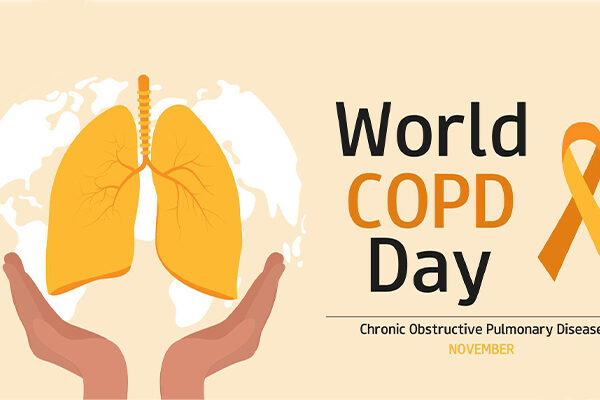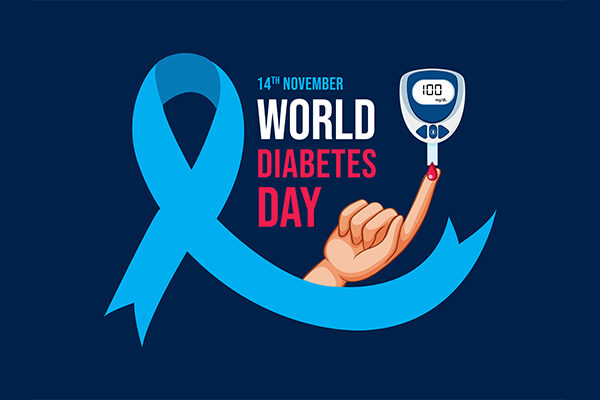Updated on July 1, 2025

Sometimes, noticing a white patch on your skin can lead to a quick Google search and a whole lot of confusion. Is it something serious? Is it contagious? Is it permanent? Two common causes of lighter patches are tinea versicolor and vitiligo. But while they might look similar at first glance, they’re actually very different.
If you or someone you know is suffering from skin conditions like vitiligo, consider enrolling in clinical trials being conducted across Michigan.
In this blog, we’ll explore what sets these two skin conditions apart, how you can identify them, what treatments are available, and when to seek help. By the end, you’ll feel more confident in telling the difference between tinea versicolor vs vitiligo.
What is Tinea Versicolor?
Tinea versicolor is a common fungal skin infection. It’s caused by a yeast called Malassezia, which naturally lives on your skin. But sometimes, this yeast grows too much and causes discolored patches, usually lighter or darker than your natural skin tone.
Why Does it Happen?
Factors that can trigger and increase the risk of tinea versicolor are:
- Hot, humid weather
- Excessive sweating
- Oily skin
- Weakened immune system
How it Appears:
- Small, flat spots
- Usually white, pink, tan, or brown
- Often found on the back, chest, neck, or upper arms
- Mild itching may be present
These spots may look more obvious after sun exposure because they don’t tan like the rest of your skin. That’s where many people confuse tinea versicolor vs vitiligo.
Moreover, this condition is not harmful, but it can be frustrating. On the bright side, it’s treatable and often temporary.
What is Vitiligo?
Unlike tinea versicolor, vitiligo is an autoimmune condition. Your immune system attacks the pigment-producing cells in your skin, called melanocytes.
What Causes Vitiligo?
Doctors still don’t know the exact cause, but it’s believed to be related to genetics, autoimmune responses, or environmental triggers.
How Vitiligo Looks:
- Smooth, white patches
- Can appear anywhere on the body
- Often symmetrical
- No itching or discomfort
These patches are usually more noticeable on darker skin tones. Unlike tinea, vitiligo is not caused by an infection, not contagious and is not a disability.
Moreover, vitiligo tends to be permanent, although treatments can help restore pigment.
So, when comparing pityriasis versicolor vs vitiligo, remember one is fungal and temporary; the other is autoimmune and long-term.
How to Tell the Difference Between Tinea Versicolor and Vitiligo
You might be wondering: how can you actually tell them apart without guessing? The good news is that there are clear signs.
| Characteristic | Tinea Versicolor | Vitiligo |
|---|---|---|
| Texture & Feel | May be slightly scaly or itchy. | Always smooth and not itchy. |
| Color & Spread | Can be lighter or darker than your skin tone, often in random patches. | Bright white patches, usually symmetrical. |
| Triggers & Timing | Flares up in Summer or after sweating. | It can start at any age and spreads gradually. |
Moreover, a skin specialist can do a quick test like a Wood’s lamp exam or skin scraping to confirm the difference between tinea versicolor and vitiligo.
Can Tinea Versicolor be Mistaken for Vitiligo?
Yes, and it happens more often than you’d think. Especially when the spots first appear.
Here’s a simple guide:
- If the patch is itchy or flaky, it is more likely tinea.
- If the patch is smooth and spreading slowly, it is more likely vitiligo.
Moreover, if the spots improve with antifungal treatment, it’s likely a tinea. That’s one reason why understanding pityriasis versicolor vs vitiligo is so important for correct treatment.
Treatment Options: What Works and What Doesn’t
| Tinea Versicolor | Vitiligo |
|---|---|
| Antifungal creams or shampoos | Topical Corticosteroids |
| Oral antifungal medications (for severe cases) | Light Therapy (Phototherapy) |
| Keep skin dry & clean | Depigmentation (in severe cases) & Skin Grafts |
| ** Most cases clear up within a few weeks, but discoloration may linger. | ** Vitiligo treatment is more long-term and focused on managing appearance. There’s no cure, but improvements are possible. |
When Should You See a Dermatologist?
You might be tempted to wait it out. But in many cases, early action helps.
Seek help if:
- The spots keep growing
- There’s pain, severe itchiness, or infection
- Over-the-counter treatments don’t work
- You’re unsure which condition you have
Moreover, a dermatologist can help you avoid misdiagnosis and choose the right treatment. This is especially true when figuring out the difference between tinea versicolor and vitiligo.
Final Thoughts
White patches on the skin can feel alarming, but understanding your symptoms is the first step to managing them. By recognizing the signs and knowing what to look for in tinea versicolor vs vitiligo, you can take the right steps toward clearer skin.





